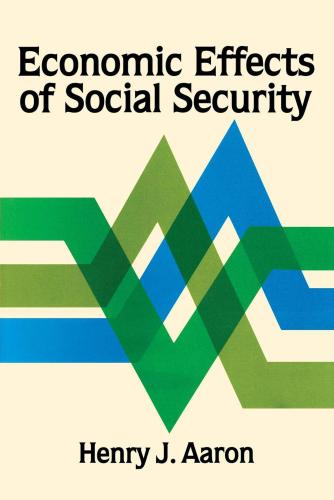Introduction
This comprehensive overview of asset-building subsidies administered through the federal tax code ranges from homeownership subsidies to tax preferences for college saving to tax expenditures for retirement saving. The goal of this paper is not to recommend specific policies. Rather, it summarizes the literature on various tax-based asset-building subsidies, highlights key lessons on the effectiveness of existing and some alternative subsidies, examines the extent to which they lead to increased net saving, and quantifies the distribution of tax benefits provided. By addressing all major tax-based asset-building subsidies in one place, the document is a comprehensive resource on the universe of tax-based asset-building subsidies.
Although most subsidies for asset development operate through the tax code, some do not. A review of all asset-building policies—such as Pell Grants and education spending—is beyond the scope of this report.[1]
These tax-based asset-building programs cover a formidable territory. To examine the distribution of these benefits, we use the Urban-Brookings Tax Policy Center microsimulation model, which allows quantification by income level.[2] Here, too, examination across all major tax-based asset-building policies allows one to see how various parts of the landscape fit together.
Asset-development subsidies account for 30 percent of all federal tax expenditures and totaled $383.9 billion in 2013, with the largest expenditures for housing and retirement savings.[3]
Despite these costs, this review makes clear that existing homeownership subsidies have limited effectiveness and are poorly designed to incentivize homeownership. Retirement subsidies have limited effects on total retirement savings, including funds outside of formal retirement accounts. Evidence is also mixed on whether higher education subsidies increase college enrollment and completion.
The distribution of these subsidies limits their effectiveness: many higher-income taxpayers can simply shift saving into tax-preferred forms, while many low- and middle-income families for whom the policies are intended can make limited or no use of the subsidies.
Most asset-accumulation incentives come in the form of deductions from income or deferred taxation, and the bulk of benefit is directed at upper-income families (Woo, Rademacher, and Meier 2010). Thus, deductions and deferrals are typically worth more to taxpayers with higher marginal tax rates, and can be worth little or nothing to taxpayers who do not claim itemized deductions. Since most low-income taxpayers do not claim itemized deductions and have low marginal tax rates, the tax-based saving expenditures provide little incentive to accumulate assets.
For instance, about 70 percent of the tax savings from the mortgage interest and property tax deductions accrue to the top income quintile, 8 percent to the middle quintile, and almost nothing to the bottom two quintiles.[4] Similarly, roughly 70 percent of the tax benefits for employer-based retirement savings and 65 percent of subsidies for individual retirement accounts (IRAs) accrue to the top income quintile, with the fourth quintile picking up much of the rest.
On the higher education front, the partially refundable American Opportunity Tax Credit (AOTC) benefits people across the income distribution, while deductions for educational expenses primarily benefit higher-income taxpayers, and student loan interest deductions benefit middle- and upper-income taxpayers. In summary, tax expenditures for asset development exhibit both limited efficacy and a distribution of benefits that seems to belie their purpose.
The rest of the report is organized as follows. Section II provides background on how asset subsidies are delivered through the tax code and defines asset subsidies. Sections III, IV, and V describe the subsidies and review evidence on their justification and empirical efficacy for homeownership, retirement, and higher education subsidies, respectively, while section VI describes what is known about other account-based savings vehicles. Section VII presents potential reforms to tax-based wealth subsidies, and section VIII concludes.
[1] The line between tax preferences and budget outlays is not always clear. For example, the earned income tax credit, which offers taxpayers a benefit that can exceed their tax liability, is classified as both a reduction in taxes and a budget outlay. For the purposes of this paper, we distinguish between those subsidies administered through the tax code and those administered elsewhere.
[2] Our distributional estimates, like almost all distributional estimates of taxes and tax preferences, stratify taxpayers by their current-year income. Of course, taxpayers do not remain in a single income group for life, leading some economists to consider the lifetime incidence of taxes instead of the incidence in any single year. See Fullerton and Rogers (1991) for more detail on the lifetime incidence of taxes.
[3] Technically, tax expenditures are not additive since they interact (e.g., taking more of one may reduce the value of another). Nonetheless, this type of additive exercise gives some order of magnitude of their size and influence.
[4] Households in the bottom income quintile have incomes below $23,570, households in the middle income quintile have incomes between $45,475 and $76,234, and households in the top income quintile have incomes above $129,219 (2013 dollars).









